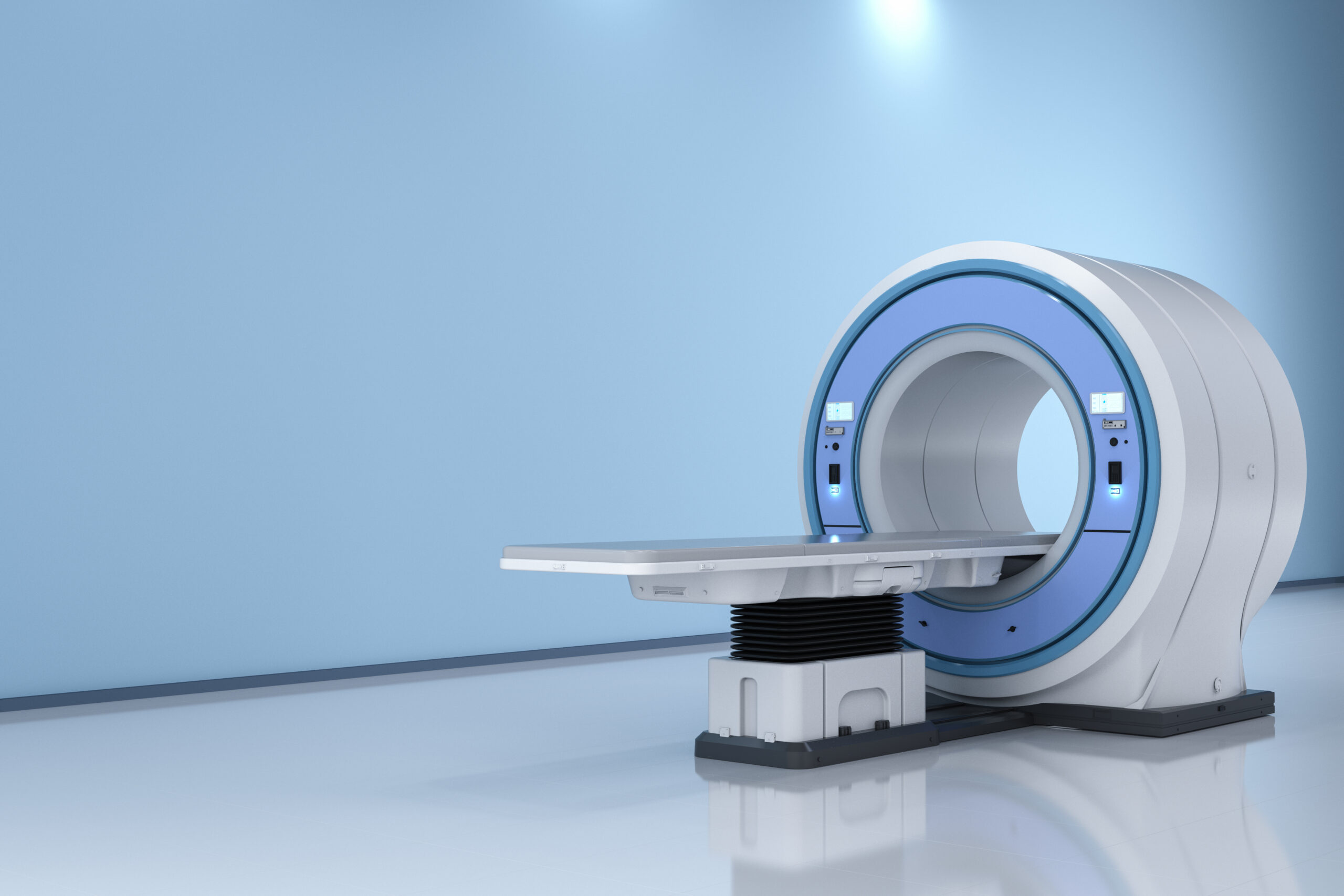Investigating multi-center data integration to improve Alzheimer’s research
**Improving Alzheimer’s Research Through Multi-Center Data Integration**
Alzheimer’s disease is a complex condition that affects millions of people worldwide. Despite significant research efforts, there is still much to be learned about the disease and how to effectively treat it. One promising approach to advancing Alzheimer’s research is through the integration of data from multiple centers. This method allows researchers to pool information from various sources, creating a more comprehensive understanding of the disease.
### The Challenge of Alzheimer’s Research
Alzheimer’s disease is characterized by the gradual degeneration of brain cells, leading to memory loss, cognitive decline, and other symptoms. However, the disease is highly variable, making it challenging to develop accurate predictive models. Traditional research methods often focus on a single aspect of the disease, such as genetics or imaging biomarkers, but these approaches can be limited by their narrow scope.
### The Power of Multi-Center Data Integration
By integrating data from multiple centers, researchers can gather a broader range of information. This includes genetic data, biofluid biomarkers, imaging data, and neuropsychological test results. For instance, the **CLARiTI study** is a multi-site imaging observational study that collects and shares data, images, and biofluids to advance Alzheimer’s research. This approach allows for the creation of robust predictive models that can better predict disease progression and identify potential therapeutic targets.
### Advanced Analytical Techniques
To make the most of this integrated data, researchers are employing advanced analytical techniques. **Machine learning**, a type of artificial intelligence, is being used to analyze the vast amounts of data. This method can identify patterns and correlations that might not be apparent through traditional statistical analysis. For example, the **NG00127 study** at the University of California, Irvine, is using machine learning to develop predictive models for Alzheimer’s disease. These models will help in early intervention and personalized care for individuals at risk of developing dementia.
### Collaboration and Funding
The success of multi-center data integration relies heavily on collaboration among researchers and institutions. The **National Alzheimer’s Coordinating Center (NACC)** plays a crucial role in facilitating data collection, integration, and sharing. NACC works with over 42 Alzheimer’s Disease Research Centers (ADRCs) to gather and analyze data. This collaboration ensures that the data is comprehensive and can be used to advance research.
Funding is also essential for these projects. The **Texas Alzheimer’s Research and Care Consortium (TARCC)**, for instance, receives funding from various sources, including the Janell and Joe Marek ’57 Alzheimer’s disease Research Fund. This funding supports the collection and analysis of data, which is then used to develop new treatments and interventions.
### Future Directions
The integration of multi-center data is a promising strategy for improving Alzheimer’s research. By combining data from various sources, researchers can gain a deeper understanding of the disease and develop more effective treatments. The **Rethinking Alzheimer’s Disease** initiative by the European Brain Council and the European Federation of Pharmaceutical Industries and Associations highlights the need for improved detection and diagnosis methods. This includes fostering awareness, improving professional education, and reducing stigma around Alzheimer’s disease.
In conclusion, the integration of multi-center data is a crucial step in advancing Alzheimer’s research. By leveraging advanced analytical techniques and fostering collaboration among researchers, we can move closer to finding effective treatments for this debilitating disease.





